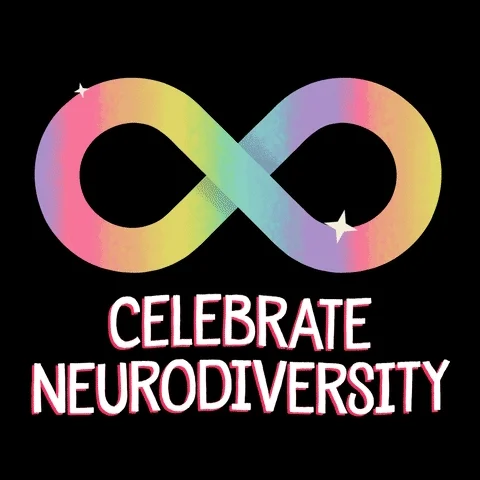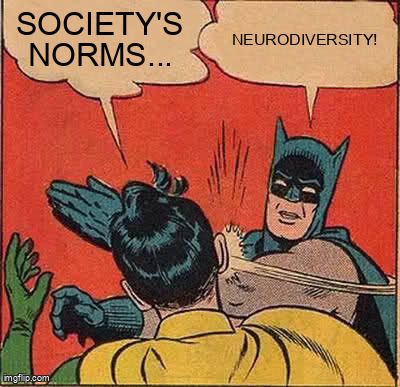Ever wondered what Steve Jobs and Cara Delevingne have in common?
 Image of Stevejobs By mylerdude Flickr, CC BY 2.0
Image of Stevejobs By mylerdude Flickr, CC BY 2.0
 Image of Cara Delevingne By Gage Skidmore, CC BY-SA 3.0
Image of Cara Delevingne By Gage Skidmore, CC BY-SA 3.0
Steve Jobs, diagnosed with dyslexia, and Cara Delevingne, diagnosed with ADHD, faced challenges in childhood as neurodiverse people in a world that was built for neurotypical people.

Wait! What exactly does that mean? And could there have been ways for Steve and Cara to have a more supportive childhood?
What is Neurodiversity?
Neurodiversity suggests that neurological differences, such as autism, ADHD, dyslexia, and other conditions, are simply natural variations of the human brain rather than defects or disorders that need to be fixed.
It celebrates the natural diversity of neurological differences among individuals.

Celebration by Affirmation
Our world is mostly set up for people who think and move in a typical or expected way for their culture or setting. That's why they're called neurotypical people! They're often seen as the reference point or standard against which others are compared.
But not everyone fits into that mold. Some folks have different ways of thinking and moving, and because of that, they face a lot of barriers in their lives.
So, neurodiversity affirming practices are all about making things fairer for people who think differently.

Quiz
Which of the following best describes neurodiversity?
Neurodiversity Affirming Practices in Education
A neurodiversity affirming approach acknowledges that all neurotypes have unique strengths, interests, and support needs. As an educator, you can support neurodivergent children by adopting neurodiversity affirming practices.
Adopt Neurodiversity Affirming Language
One of the easiest ways to practice neurodiversity-affirmation is by using neurodiversity affirmating language. For example:

Avoid saying "person with autism"
Avoid saying, "he/she has poor social skills"

Say, "an autistic person"
Say, "he/she has autistic social skills"
Create a Sensory-friendly Environment
Sensory-friendly classrooms can support students with sensory processing differences, such as autism.
For example, minimize visual and auditory distractions, provide sensory tools or fidgets, and offer quiet spaces for students to retreat to when needed.

Provide Flexible Instructional Methods
Offering flexibility in how students engage with and demonstrate their understanding of the material can benefit neurodiverse learners.
For example, allow alternative formats for assignments (written, oral, visual) or provide options for completing tasks at students' own pace.

Handle Emotions with Care
Teaching children to better understand their emotions and behaviors can help them choose how they want to respond.
Validating children’s feelings helps them recognize their triggers and identify calming strategies.

Quiz
A student tells you they have trouble concentrating in class during independent study activities. What should you do? Select all that apply:
Take Action
 Photo by Ryoji Iwata on Unsplash
Photo by Ryoji Iwata on UnsplashIf you're an educator responsible for supporting any neurodivergent child, you can start with small steps:
Your feedback matters to us.
This Byte helped me better understand the topic.
